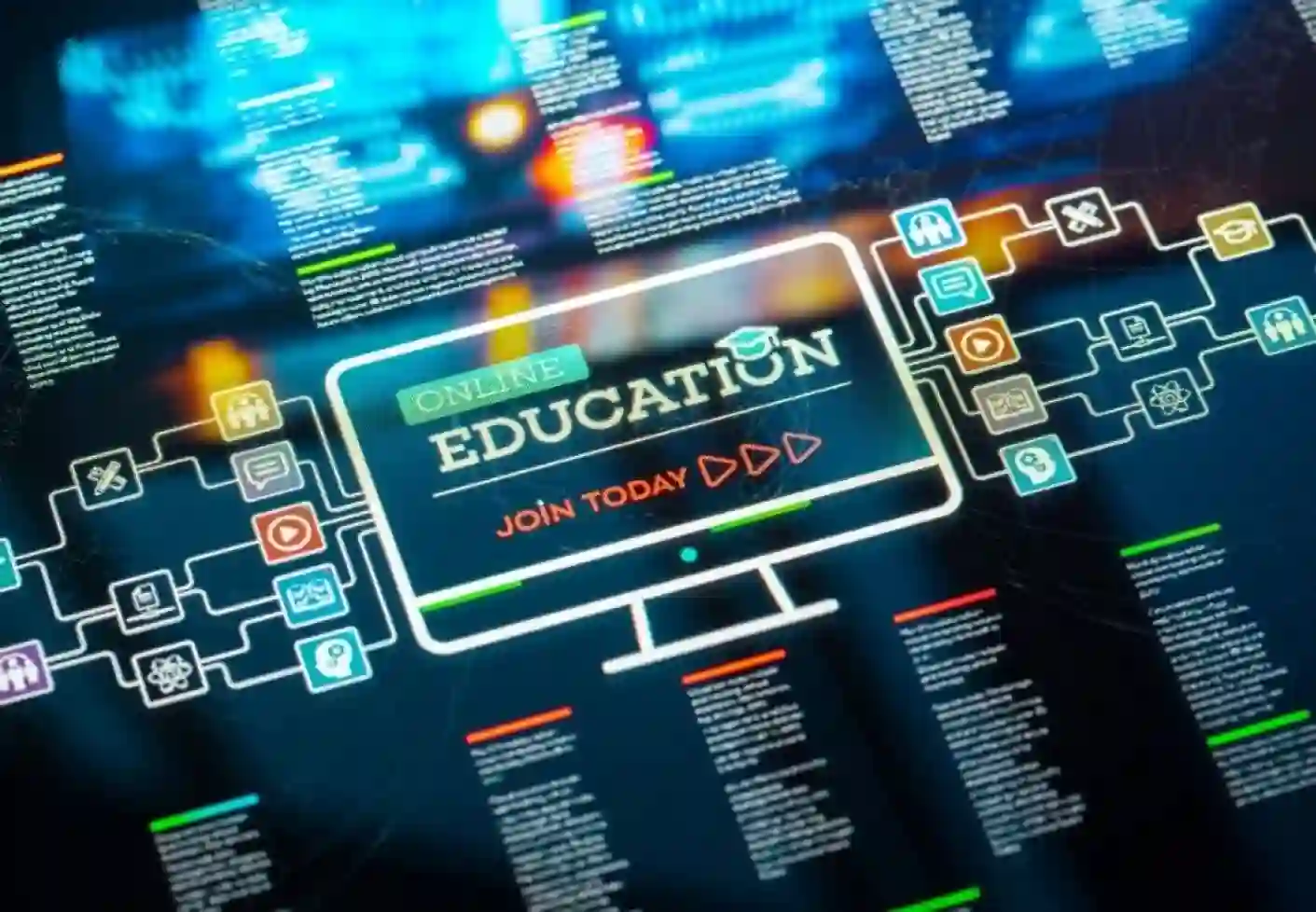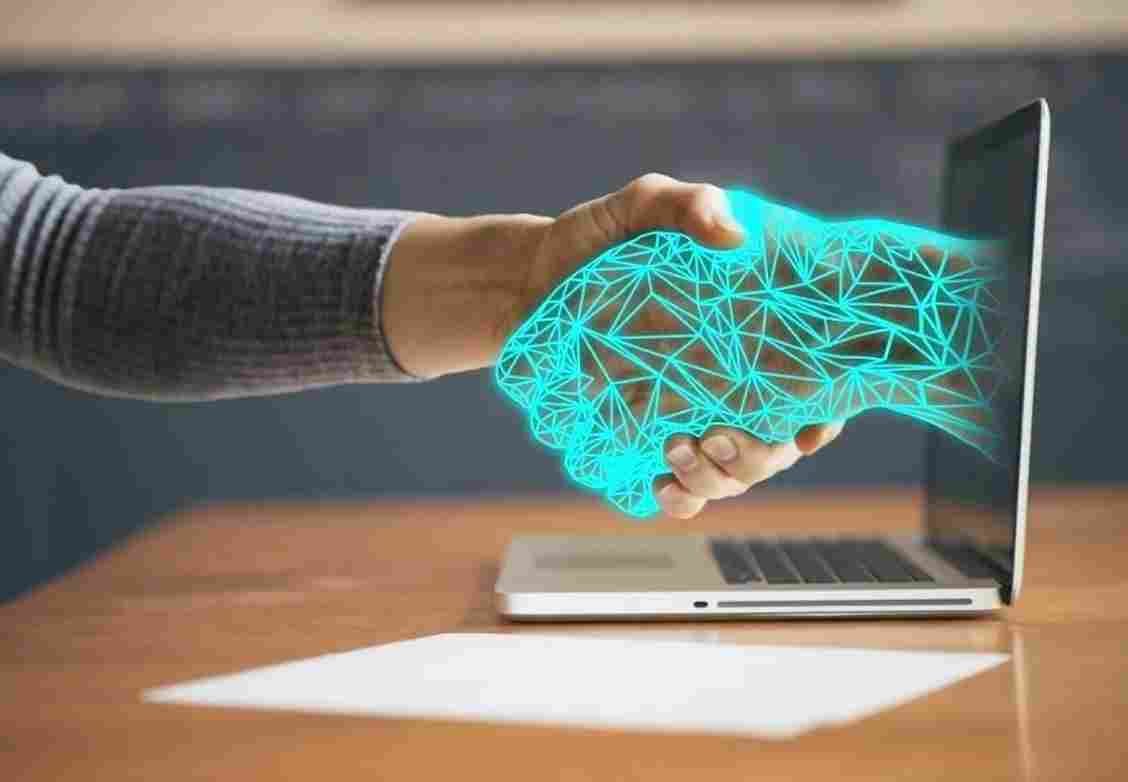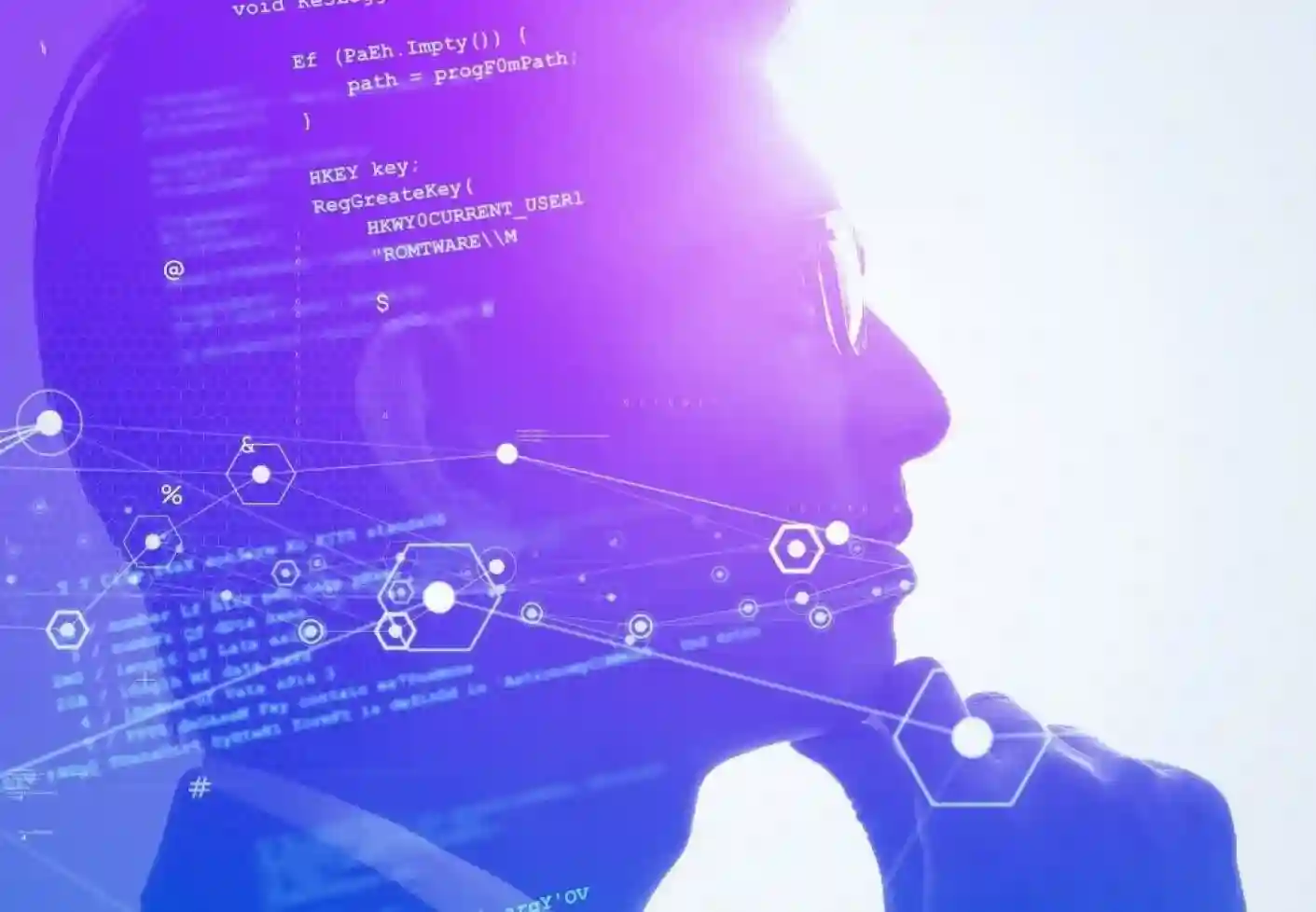
Mar - 30 , Prof. Dr K. S. Gupta
Over the last several decades, Information and Communication Technology (ICT) has become prominent in higher education. With this prominence, educators increasingly expect to utilise, and even embrace, technology to enhance the delivery of course content in keeping current with societal and future workforce demands (Blake, 2013). Pandemic has forced all institutions to adopt faster and continue the education teaching-learning process given the closure of all institutions.
Online Distance Education (ODE) uses the internet and other significant technology to produce educational content, instructional delivery and program management (Fry, 2001). ODE we can deliver in two main formats: synchronous and asynchronous. As the name suggests, Synchronous Distance Education (SDE) involves live, real-time interaction between teachers and students. It aims to simulate the communication model of a traditional classroom. Examples of SDE would include live webinars or virtual classrooms. Asynchronous education, on the other hand, introduces temporal flexibility. It does not require real-time interaction; instead, the educational material is available online for students to access at their convenience. Examples of asynchronous education would be video recordings and emails.
While there are evident perceivable advantages to using technology in courses, research has shown conflicting reports of the benefits and limitations of educators using these devices in a traditional classroom environment (Blake, 2013; Kirkup & Kirkwood, 2007). One of the more common benefits identified in the literature is that information technology as an instructional medium could be convenient and complementary to instructional practices (Hennessy, Ruthven & Brindley, 2005). Technology is also commonly used by students as an accommodation to bridge a learning gap. Some researchers maintain, as such, that the use of technology by educators could potentially enhance student learning (Blake, 2013; Livingstone, 2011).
Key Advantages & Opportunities
Remote learning: ODE transcends the borders of time and geographical location. It allows students the flexibility to tune in to their lectures from the comfort of their own homes or any other place.
Discussion & Communication:
Online learning facilitates a modern and convenient mode of Communication. Meaningful discussions can come up during lectures, and participating students can benefit from these discussions by listening or engaging through chat. Online learning also helps parents of young children to be more involved in their children's education.
The impetus for change:
This forced digital transformation in education exposed problems within the system and pushed educators to contemplate and review current and previous education models, providing a window into what a technology-based education and work environment might be like, thereby stimulating pedagogical innovations and accelerating change. It is hastening progress and can view as an impetus for reforming curriculum and teaching approaches.
Equally effective: the implementation of online learning and the use of simulations and other didactic methods are perceived as valuable and adequate, if not complete, substitutes for traditional knowledge. It accomplished its goal of continuing education delivery amidst the pandemic while also helping students meet the requirements expected from them.
Efficient: contributed to or improved knowledge dissemination, with added benefits as cost-effectiveness, flexibility, and overall efficiency.
Exposure to tech: incorporating technology into education exposes students to modern and relevant technologies. It helps students and academic staff close the technological literacy gap while fostering online and digital media expertise, thereby preparing students for the job market in an increasingly technology-reliant world of digitisation and automation.
Decreased costs: the shift to online education can added credit for the decrease in educational expenses. It provides students with a comparable learning experience without the need for expensive infrastructure, not to mention a reduction in other hidden costs such as travel expenses.
The key disadvantages:
Inequality & inaccessibility: there is a gap in student access to this type of education, usually related to family income. Transitioning to online learning exacerbated differences between privileged and underprivileged students. Students from less prosperous regions have limited or no access to digital devices and Wi-Fi. They also have lower technical abilities, granting more privileged students an unfair academic advantage. This disparity extends to educational institutions in rural areas or deprived parts of the world that may be less well-equipped than those in urban areas.
Inadequacy:
Technology cannot be a complete substitute, particularly for STEM fields requiring hands-on training in laboratories or operating rooms. It is especially true for health care sciences, where practical training is of more importance.
Communication quality:
Building and sustaining relationships and developing rapport between students, their peers, and their teachers became more difficult due to the devaluation or lack of face-to-face contact, as well as the inherent ambiguity of written interactions. Clarifying instructions and gauging student response, engagement and participation, or lack thereof, becomes more difficult for teachers in the absence of direct contact and the ability to monitor students face-to-face.
Technical difficulties: poor internet reception or Wi-Fi, connection stability, glitches and other technical failures can interfere with the flow of communication.
Stress, workload and morale: the forced and rapid transition to online learning affected mental health among students. Many experienced lockdown-related anxieties about financial stability and socialising that indirectly affected their performance. Academic staff had to deal with an increased or even doubled workload. Also, lack of face-to-face social interaction for extended periods can negatively affect mental health.
Technological literacy: due to this digital transition's sudden and forced nature, many educational institutions were caught off-guard, allowing them little to no time to prepare their academic staff. It left non-tech savvy teachers and instructors underprepared and underequipped to handle sophisticated computer and internet related tasks. Instructors' lack of technological competence and previous training or familiarity with utilising online tools posed an obstacle. The inability of academic staff to use technology negatively impacted the success of ODE in many cases.
Student engagement, participation and motivation: student engagement was sometimes lacking due to factors such as reliance on recorded lectures, a lack of motivation or interest, stress and boredom, as well as the distraction caused by using electronic devices. Added to this was fatigue induced by prolonged staring at screens and feelings of isolation and depression from lack of personal contact.
Student performance assessment: due to the difficulties associated with bringing students to campus to administer tests, academic staff were faced with the challenge of redesigning evaluations in a way that fairly and reliably captured student performance. It was particularly challenging in practical courses.
Work-life balance: ODE allows excellent flexibility in time and location. While this flexibility may be convenient, it is a double-edged sword that could blur academic and personal life boundaries. Whereas in conventional educational models, lectures are strictly bound by fixed times and physical locations.
Concerns about a breach of privacy, data protection and anonymous misconduct are also prevalent.
References:
Blake, R.J. (2013). Brave new digital classroom: Technology and foreign language learning. Georgetown University Press.
Fry, K. (2001). E-learning markets and providers: Some issues and prospects. Education+Training, 43(4/5), 233–239. HTTPS:// doi.org / 10.1108 /EUM0 00000 000548 4.
Hennessy, S., Ruthven, K., & Brindley, S. (2005). Teacher perspectives on integrating ICT into subject teaching: commitment, constraints, caution and change. Journal of Curriculum Studies, 37(2), 155-192.
Kirkup, G. & Kirkwood, A. (2007). Information and communications technologies (ICT) in higher education teaching – a tale of gradualism rather than revolution. Learning, Media and Technology, 30 (2), p. 185-199.
Livingstone, S. (2011). Critical reflections on the benefits of ICT in education. Oxford Review of Education, 38(1), p. 9-24.

By Prof. Dr Raghuvir Singh, Mar - 31
Education is the most significant determinant of an individuals future success. EdTech is a concept that transforms traditional education into... Read More

By Prof. Dr Veena Bhalla, Mar - 31
Information and Communication Technology (ICT) is a buzzword used in every activity ranging from education through administration to business. It i... Read More

By Prof. Dr R. K. Gupta, Mar - 31
Online Education played an influential role in the period of Pandemic disease spread (COVID-19) within our country. This mode of teaching saved our... Read More

By Prof. Dr Raghuvir Singh, Mar - 31
Technology has stood as a saviour for higher education across the globe during adversity. It has assured that those functional aspects of education... Read More

By Prof.Dr R. K. Mahajan, Mar - 30
Online Education played an influential role in the period of Pandemic disease spread (COVID-19) within our country. This teaching mode saved our st... Read More

By Prof. Dr Santosh Rane, Mar - 30
Every facet of life in today's world has been influenced by modern Information and communication technology (ICT) in the 21st century in the mo... Read More

By Prof. Dr K. S. Gupta, Mar - 30
Over the last several decades, Information and Communication Technology (ICT) has become prominent in higher education. With this prominence, educa... Read More
By Prof. Dr. Parvinder Singh, Mar - 30
Technology has stood as a saviour for higher education across the globe during adversity. It has assured that those functional aspects of education... Read More